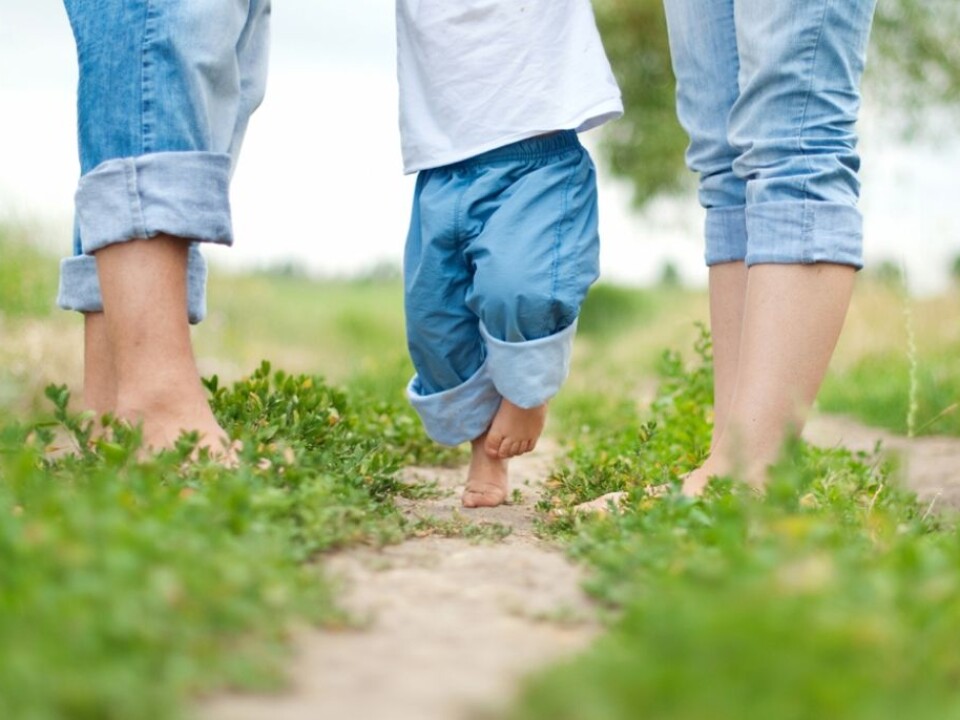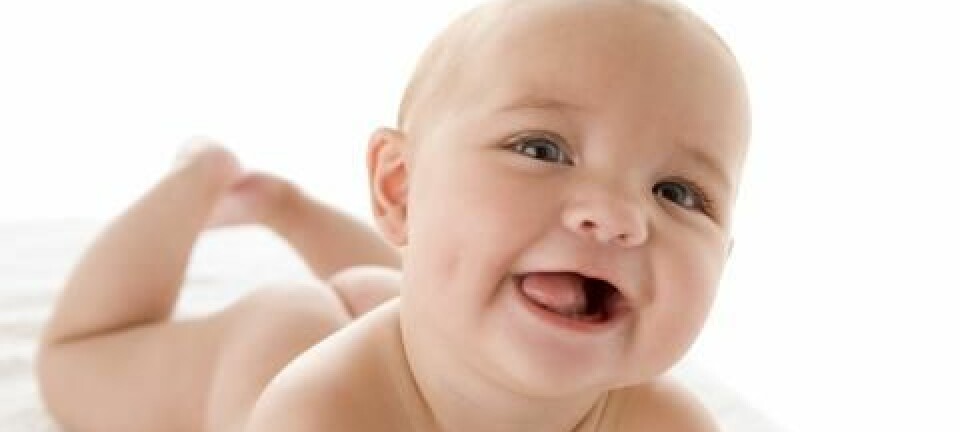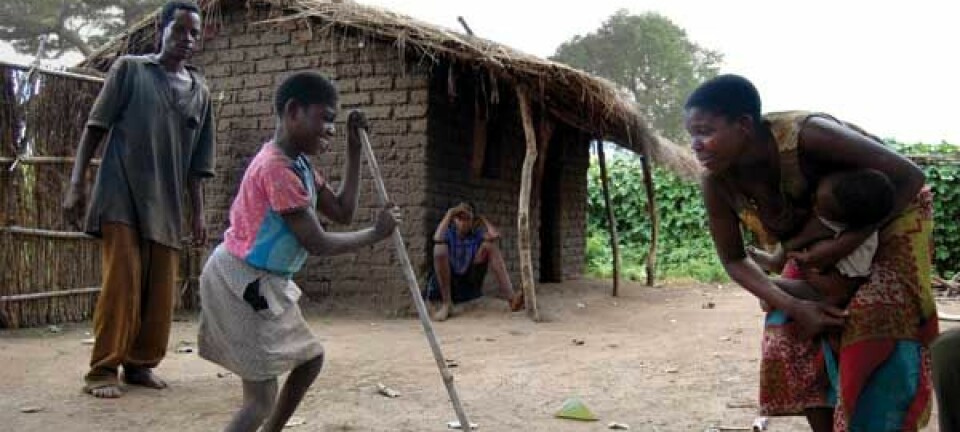Case grows for genetic connection to CP
People who have relatives with cerebral palsy run a higher risk of having children with the same diagnosis. The closer the relative – the greater the risk.
Denne artikkelen er over ti år gammel og kan inneholde utdatert informasjon.
The closer the relatives who have cerebral palsy, the greater the risks of children being born with the disorder, according to recent Norwegian and American research.
Cerebral palsy (CP) is one of the most common forms of movement disorders and physical disabilities among children.
It is general term for neurological diagnoses that impact body and muscle control. It can also lead to epilepsy, involuntary motions and several other health problems.
In developed countries CP is diagnosed in about two in a thousand live births. It is caused by a permanent damage to the immature brain – either prior, during or after birth.

“Until rather recently it was thought that children have developed CP mainly because of complications occurring during birth, but it turns out it is more complex than that,” says Mette Tollånes, a physician and post doc at the University of Bergen.
Over two million Norwegian children
A team of researchers has studied the risk of several members of a family being stricken with CP if one family member already has this non-infectious disease.
The researchers looked at patterns of hereditability by charting whole and full siblings and half siblings, uncles and aunts, nephews and nieces as well as cousins.
The study used material from the Medical Birth Registry of Norway, in other words, everyone born in the country, from 1967 to 2002. This was over two million kids. The medical researchers could find out which of these children had cerebral palsy by linking this information to figures from the Norwegian social insurance scheme.
Among these two million, an average of 1.7 per thousand live (non-twin) births resulted in children with CP. There were 45,000 twins born in this period and their risk of a CP diagnosis was 5.1 per thousand live births.
15 times higher risk
In families which had one child with CP, the chance of the next full sibling also having it was six to nine times as high as for families with no previous CP-diagnosed children.
The risk of CP was three times higher than average for half-siblings of children with the affliction.
A CP-afflicted parent ran 6.5 times the normal risk of having offspring with CP. Among people with an affected first cousin, the increased risk was 1.5 times, or 50 percent above average.
The researchers found the greatest risk to be among twins given that one of the children already had a CP diagnosis. That raised the odds for the second twin to 15 times the average when compared to twins where one of the two did not have CP.
Genetic link
As the risk decreased the further apart members of a family are genetically, sharing less DNA, Tollånes asserts they have found indications of a genetic component.
“We see a pattern here, so it could be inheritable,” says Tollånes.
“I want to stress that while the risk multiplies, the general risk is low to start with. The real risk of having a child with CP is still low in absolute terms,” she says.
No previous study has provided a population-based study of the familial risks for cerebral palsy. Despite this advantage, Tollånes points out a limitation: The researchers lacked information about the specific types of CP diagnoses the children had.
“I think we would have achieved even more exciting results if we could have split the figures into the different types of CP.”
CP is a general term, with many variations ranging from mild to serious cases. The researchers think they might have detected an even higher risk for certain sub-categories of CP if such detailed information had been available.
Mystery causes
This study was part of a larger project aiming to uncover some of the mysteries about the causes of cerebral palsy. It used to be thought that it was caused by a lack of oxygen during birth, but this has been shown to only account for a small share of cases, according to the Norwegian Institute of Public Health.
The exact mechanisms by which such brain impairments occur are still uncertain. But medical science knows of several risk factors for developing CP. Preterm births and infections during pregnancies are among them.
Previous studies have also shown that cerebral palsy can have genetic components but Tollånes explains that the causes are probably very complicated.
“Our results can represent a small piece of the puzzle and it looks as if genes could act in concert with each other and with the environment.”
She says that much work remains to be done and researchers plan to chart environmental factors which might have an impact.
------------
Read the Norwegian version of this article at forskning.no
Translated by: Glenn Ostling

































